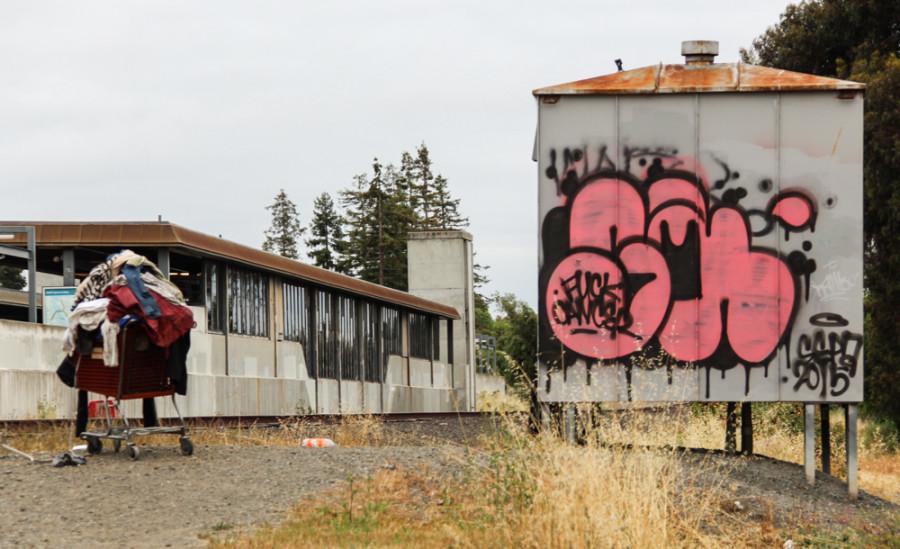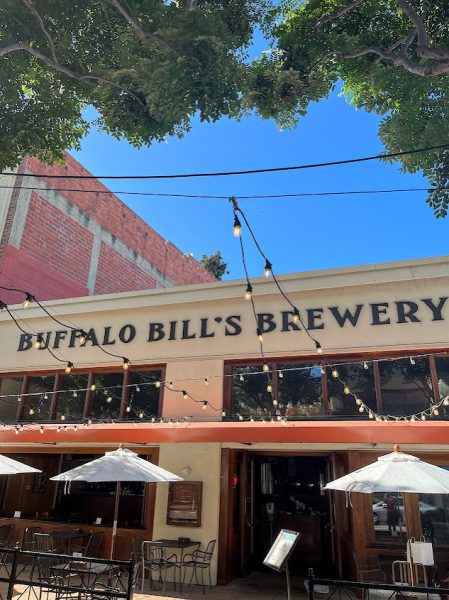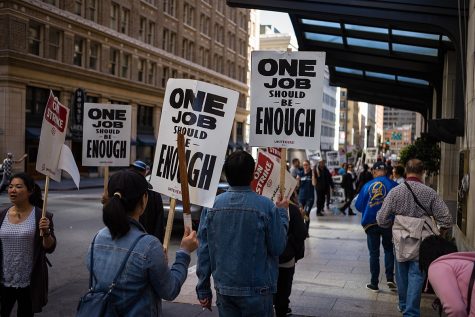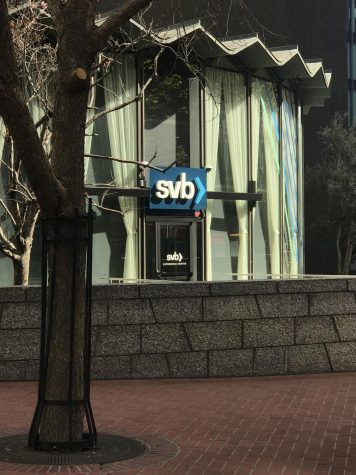Hayward homeless rates below county average
May 27, 2015
Despite what many people believe, the homeless epidemic is not on the rise in Hayward.
Since as early as 2003, surveys, questionnaires and censuses taken by subcontractors of Alameda County have been used gauge the size of the homeless population in the East Bay. However, Hayward has become a victim of these outlier cities in the Bay Area and has been lumped into the rising homeless problem in the Bay Area.
Yet out of the homeless population rates for cities in the East Bay, Oakland and Berkeley are both significantly higher than Hayward’s, according to a 2014 Alameda Countywide Homeless Count and Survey authorized by the county and conducted by Aspire Consulting LLC. in association with the EveryOne Home organization.

In the report, there were 4,264 listed in one of the three homeless categories in the East Bay, though, out of the homeless population rates for cities in the East Bay, Oakland and Berkeley are both significantly higher than Hayward’s, Hayward holds just a small percentage of that overall population with less than one percent of its 151,574 residents listed as homeless. With over 1.5 million people in Alameda County, just .28 percent are listed as homeless.
The three categories of homelessness are described in the report. Unsheltered homeless, people with no income that live on the streets or in abandoned buildings, chronically homeless, people who have some type of income, usually government assistance, but do not maintain a steady address and in all likelihood live with a relative, friend or shelter and family homeless, consist of two or more people that do not have a permanent address or steady financial income which constantly fluctuates their living situation.
Categories were created and defined in partnership with the United States Department of Housing and Urban Development in order to create a more narrow scope of the homeless population in the county. HUD Secretary Julian Castro noted that while many people are familiar with what homeless means there are new forms of this epidemic constantly arising.
“As our economy continues to improve, we need to ensure our budget provides opportunity for vulnerable families living on the margins and restores the harmful cuts to our rental assistance programs,” Castro said in a press release last month.
Many families who lost their homes to foreclosures and other financial issues primarily generated by the poor economy have been placed in the family homeless category in order to provide a more accurate numerical assessment to the problem in the East Bay.
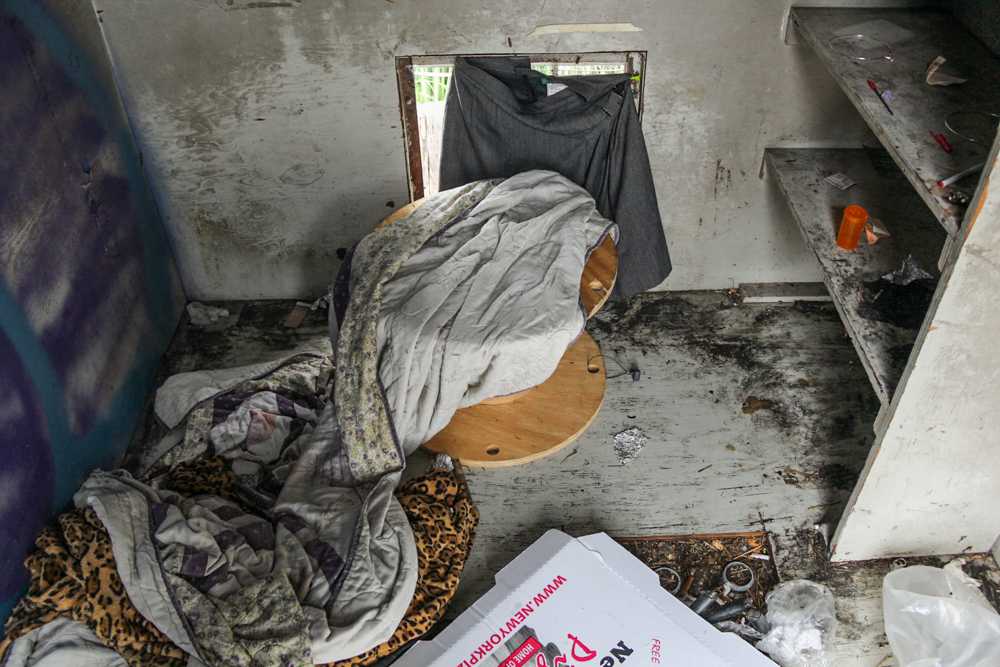
Images On The Rise is a non-profit organization in Hayward founded by Bessie Daniels and her daughter Marie Sholes in 1992. Sholes said the organization was created to provide transitional housing for homeless men, women and women with children.
The first site on 74th Avenue in East Oakland housed 24 men. In just two years the organization grew to five sites throughout the East Bay that house up to 95 people on any given day.
“We offer many services homeless people usually can’t afford like permanent housing, job training, employment, childcare and help with home ownership,” Sholes said. “Homelessness will never go away unless people can get some housing and financial stability to help them succeed.”
…comfort in the streets is hard to find and harder to keep.
— Bob the Builder
Alameda County has the second highest poverty rate of all five Bay Area counties with nearly 12 percent of its residents living below the poverty line. Alameda trails just San Francisco County, which leads the Bay Area with over 12 percent of its population living below the poverty line and .75 percent of its population listed as homeless. Just a little over .25 percent of the East Bay population is listed as homeless, according to the new report.
According to the Hayward Police Department, as recent as last year there were over ten homeless encampments in the industrial areas of Hayward discovered on various patrols for burglary suppression. An HPD official said it requires three days notice before an encampment can be cleared.
Homeless camp clearings are a common situation for Bob—better known as “Bob the Builder”—who did not want his last name released and has been homeless in Hayward for over 20 years. Bob survives by collecting recyclables and doing small projects for people around the North Hayward neighborhood surrounding the Hayward BART station.
“When my mom died in 1992 I got really depressed and started to drink a lot and do drugs,” Bob said. “Heroin and alcohol were the only two things that helped me get through my mom’s death. They numb the pain more than anything, but I wouldn’t have made it any other way. After a few years on the streets, you learn how to survive real quick.”
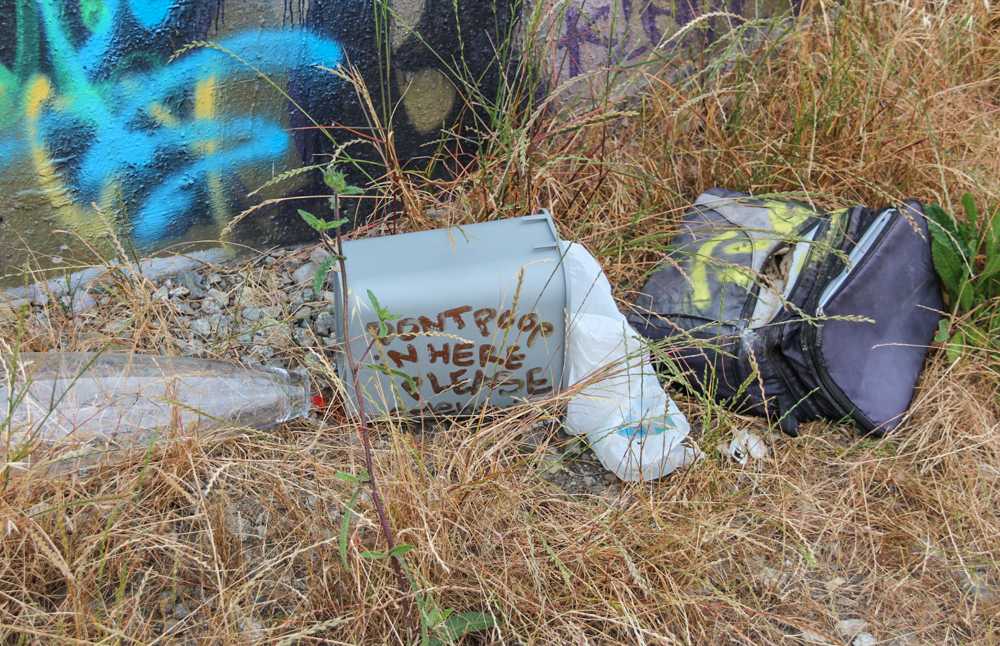
Bob said that his drug and alcohol addictions led to him losing his mother’s house due to unpaid taxes in 1993 when he began to live on the streets.
“First I used to sleep under the overpass on A Street by the Amtrak station,” Bob continued, “but there was a lot of homeless people living there, it wasn’t safe. Then I started to look for spots that were hidden or hard to find so I could be safe and get some comfort, comfort in the streets is hard to find and harder to keep.”
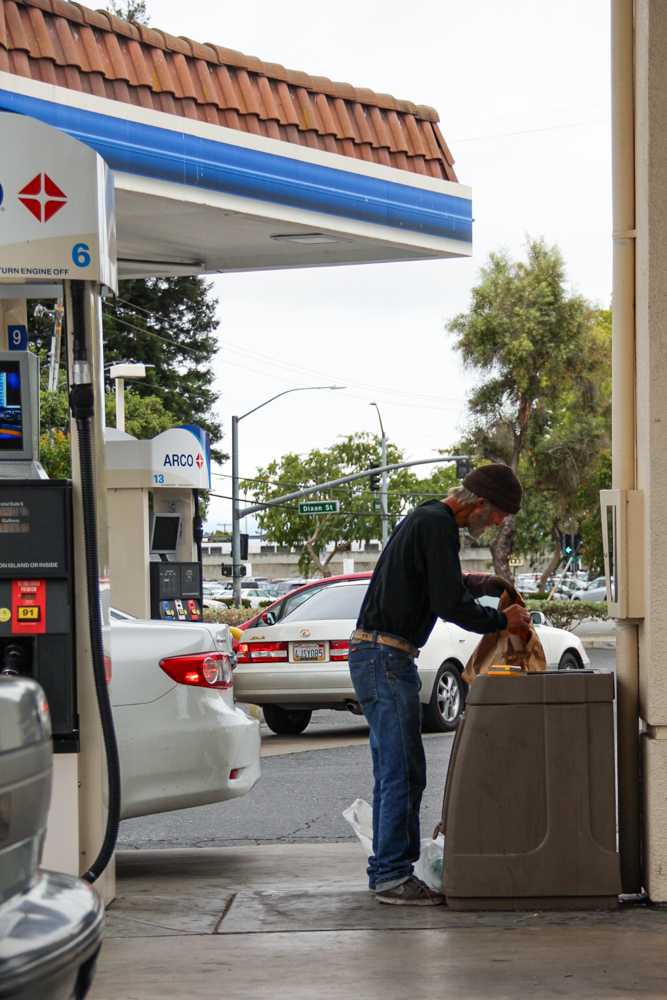
Bob utilizes restaurants and stores that stay open 24 hours to accommodate his turbulent lifestyle.
On Jackson Street near Grand Avenue there is a 24-hour donut shop next door to a 24-hour laundry mat that has become a haven for homeless people in Hayward like Bob who can stay as long as they patronize the business.
Hayward boasts even a smaller number of crimes and incidents that involve homeless people and according to the Hayward Police Department less than one percent of all crimes reported last year involved homeless people.
“It will take a collaboration of not just citizens but also local governments to end homelessness in Alameda County and everywhere,” Executive Director of EveryOne Home Elaine de Coligny said. “This is something people have to commit to in order to change it.”




